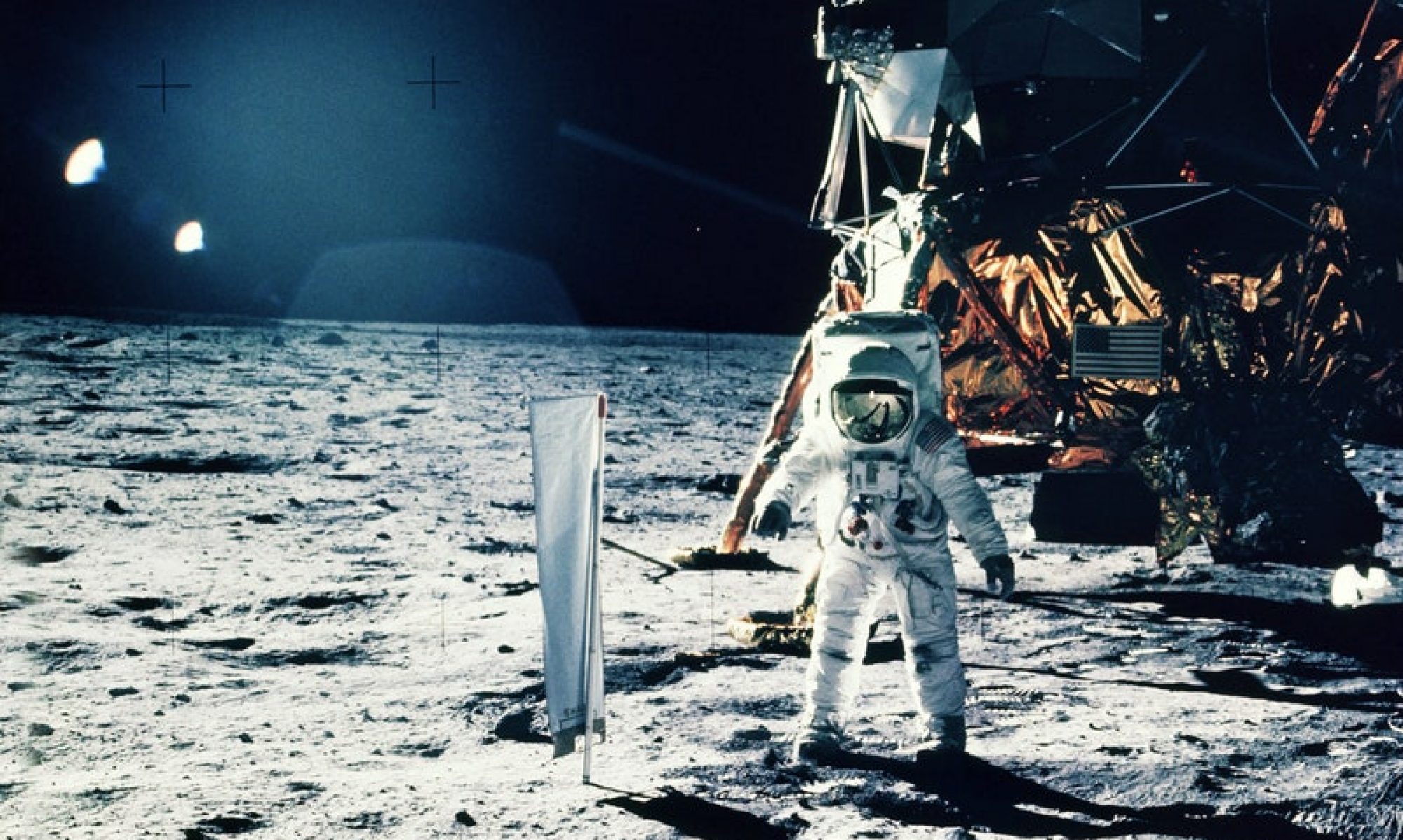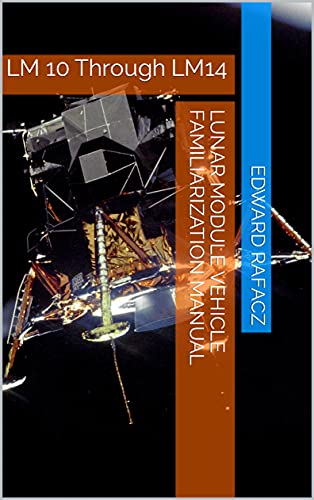Ever wished you could demystify the complexities of the Apollo spacecraft with just a click? Well, your cosmic dreams just became a reality! 🛰️ Introducing our groundbreaking ebook, a portal into the augmented and virtual reality of the Apollo Command Module, the Apollo Spacecraft Panoramic E-Book.
Get this eBook HERE! https://www.amazon.com/dp/B086WQPDNN
Behind the Scenes: Crafting the Ultimate Experience
In creating this eBook, my mission was clear: to transform NASA’s wealth of paper on Apollo into a seamlessly interactive masterpiece. Imagine an eBook that functions like a website, where every component is just a click away. That’s exactly what we’ve achieved.
Get this eBook HERE! https://www.amazon.com/dp/B086WQPDNN
🌐Virtual Tour: Your Ticket to the Cosmos
Let me guide you through the features. The overview, introduction, and instruction manual set the stage. An interactive panorama awaits, offering a 360-degree view of the Apollo spacecraft. It’s a virtual tour that you can explore on your phone, tablet, or computer, thanks to the magic of augmented reality.
📚 Comprehensive Index: Your Mission Control Handbook
Navigate through our comprehensive index, your mission control handbook, detailing every function of the interactive panorama. It’s your roadmap to understanding the Apollo spacecraft inside out.
Get this eBook HERE! https://www.amazon.com/dp/B086WQPDNN
🚀 Bonus Material: Apollo 11 Interactive Guide
But wait, there’s more! As a bonus, delve into the upgraded Apollo 11 interactive guide. Whether you prefer the eBook version or the old-school document, we’ve got you covered.
Get this eBook HERE! https://www.amazon.com/dp/B086WQPDNN
🎮 Interactive Learning: Click, Learn, Explore!
Curious about a specific component? Hover over buttons for instant explanations. Want to move around the spacecraft? Click, drag, and explore. It’s education and exploration rolled into one captivating experience.
Get this eBook HERE! https://www.amazon.com/dp/B086WQPDNN
🌈 Immersive Details: Caution and Warning Panel Unveiled
Now, let’s zoom in on the Caution and Warning panel to show how easy it is to use. Click on any component on the panel, and you’ll be treated to a wealth of information – from its function to normal and non-normal operations, schematics, and limitations.
Get this eBook HERE! https://www.amazon.com/dp/B086WQPDNN
🚀 Thank You for Your Cosmic Support!
A heartfelt thank you for supporting our cosmic journey. Your purchase not only unlocks the secrets of Apollo but also fuels our passion for making space exploration accessible to everyone. 🌌🚀 #ApolloEbook #SpaceExploration #BlackFridayDeals 🛰️
As we wrap up this cosmic odyssey, we invite you to stay connected. Your support and curiosity drive us to bring the wonders of space to your screens at Blog – Spacecraft Guide. Until next time, keep your eyes on the stars!




